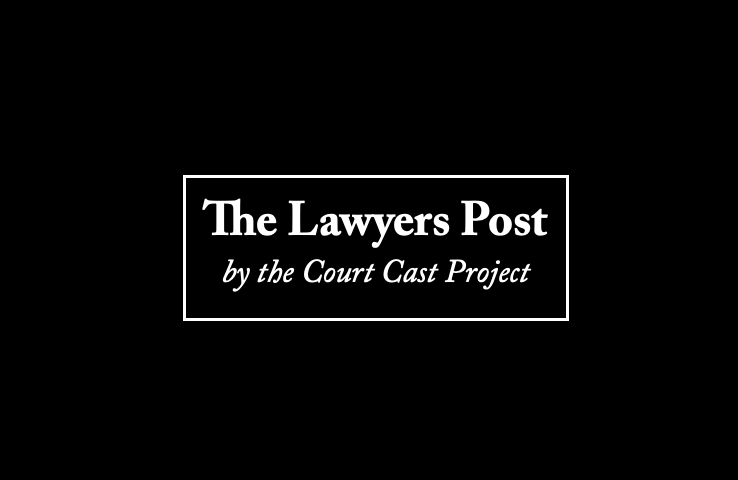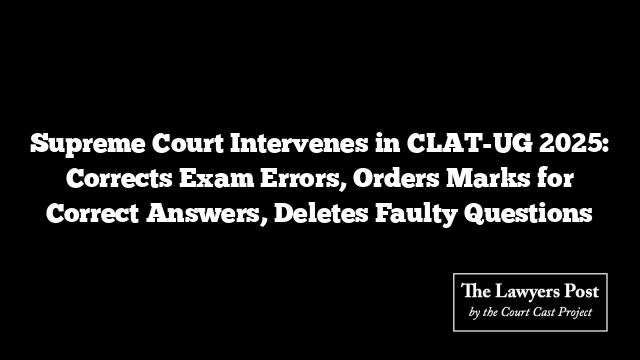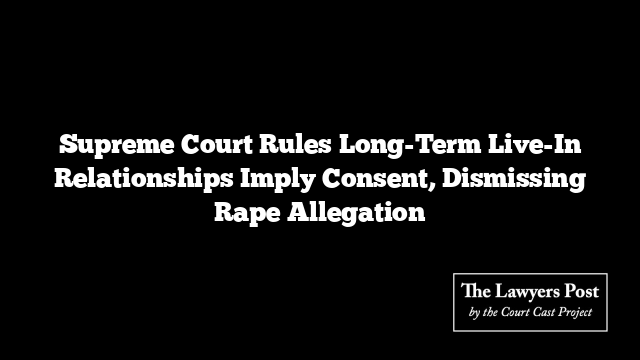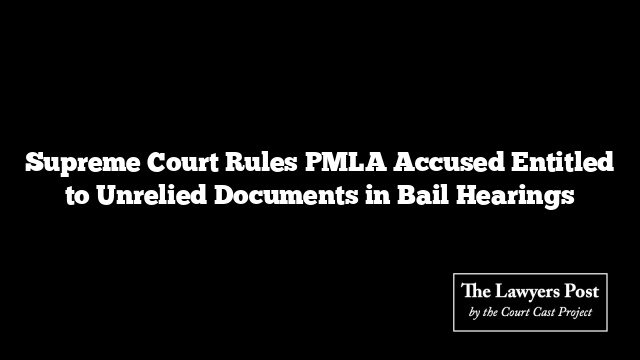In a significant move, the Supreme Court has intervened in the controversy surrounding the CLAT-UG 2025 exam, directing the revision of the merit list after identifying several errors in the question paper. The Court’s action follows criticism of the Consortium of National Law Universities (NLU) for poorly framing the exam questions, which affected the prospects of thousands of students nationwide.
A bench comprising Justices BR Gavai and AG Masih issued a series of directions to amend the errors in the CLAT-UG 2025 exam, pointing out the laxity of the Consortium in handling the exam’s integrity. The Court’s intervention included awarding marks for certain answers that had been misjudged and deleting questions it deemed faulty.
The Court expressed disappointment with the Consortium’s casual approach, emphasizing the serious implications the exam has on the futures of students. “The manner in which these questions were set reflects a lack of seriousness, considering the careers of lakhs of students,” the bench remarked, underscoring the need for greater accountability in the process.
This latest development follows the Court’s dissatisfaction with the Union Government and the Bar Council of India for failing to act on a 2018 Supreme Court ruling that had recommended the establishment of a permanent body to oversee CLAT. In response, the Court issued a notice to the government, urging a prompt resolution.
The Court’s scrutiny extended to specific questions, including question numbers 56, 77, 78, 85, 88, 115, and 116, all of which had generated confusion and complaints from examinees.
Key Interventions:
- Question 56: The Court corrected the Consortium’s oversight, stating that the answer key had wrongly limited the duty to protect the environment to the state alone. It ordered marks to be awarded for both “c” and “d” answers, with negative marks for the other options.
- Question 77: This question, which dealt with contract law, had been criticized for requiring legal knowledge not accessible to all candidates. The Court upheld the High Court’s decision to delete the question and directed that marks be awarded for the correct answer.
- Question 78: Pertaining to void agreements, the Court sided with the High Court’s judgment, ruling that the correct answer was “c”, and thus it remained unchanged.
- Questions 85 & 88: Both of these questions were deleted by the Court, acknowledging that they were overly complex and confusing for students.
- Questions 115 & 116: The Court noted that these questions required detailed mathematical analysis, which was inappropriate for an objective exam. Both questions were ordered to be deleted, with the Court setting aside the High Court’s directive to award marks for question 115.
Broader Concerns:
During the proceedings, Justice Gavai expressed his frustration with the exam’s design, questioning the appropriateness of such complex questions for 16-17-year-olds. He also pointed out that the Consortium’s lack of professionalism in framing the questions could have long-lasting effects on the students’ futures.
The case highlighted the ongoing debate about the necessity of a permanent body to oversee national law exams like CLAT, similar to the bodies that govern other major entrance exams like NEET and JEE. The Court’s remarks point to a growing sense of urgency to ensure fair and reliable procedures for such crucial exams.
As the NLU Consortium revises its approach and the merit list, the Court’s directive serves as a reminder of the importance of transparency and accuracy in educational assessments, which shape the careers of countless students.





